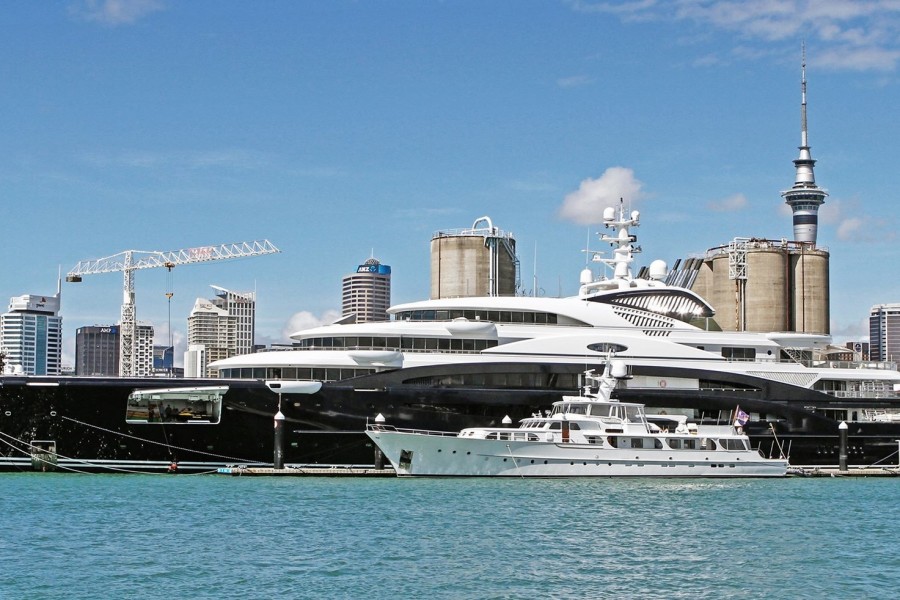
Over the past few years, New Zealand’s strong economy meant that the Kiwi dollar climbed against its cousins, even coming close to reaching parity with the Australian dollar for what would have been the first time in history in April 2015. Understandably, this had a negative effect for many Kiwi superyacht companies, who lost their long-standing pricing advantage over their competition, particularly in areas such as Europe and North America.
But, in recent months the Kiwi dollar has seen a weakening that will have the country’s exporters jumping for joy. The New Zealand economy remains as vibrant as the country’s exciting yachting scene. However, the inherent volatility of the New Zealand currency means that right now in globally less-certain times many of New Zealand’s traditional yachting customers, across Asia, the USA and Europe, whose currency is relatively now quite strong, will find New Zealand a cost-effective place to visit, build and refit in.
With the NZD now at a six-year low against the US dollar, there has never been a better time for those considering visiting, refitting or building in New Zealand to take action. Talking numbers, this means that compared to a year ago in August 2014 the New Zealand dollar will go almost 25 per cent further for those investing from offshore. Unsurprisingly, build and refit slots are likely to come under increased demand.
“The dropping New Zealand dollar and volatile currency is making the country more attractive than ever for vessels cruising in, or buying from New Zealand,” says Jeanette Tobin of Asia Pacific Superyachts NZ. “We’ve also been working non-stop through winter with key suppliers to ensure we get you the best deals and an uninterrupted supply chain.”